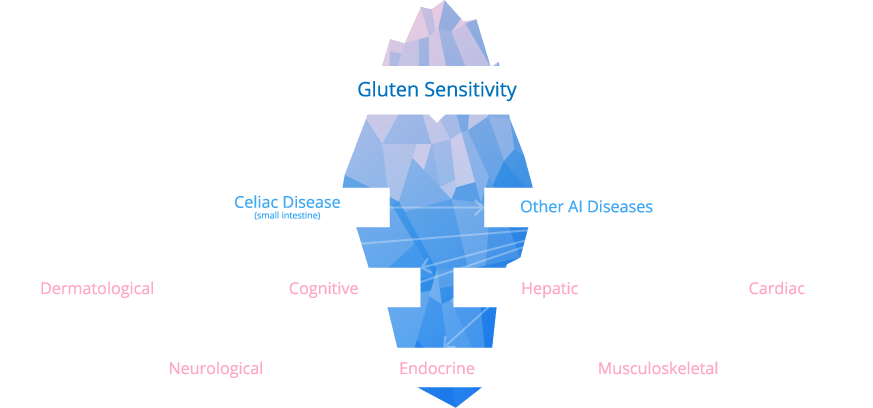What is gluten anyway?
Gluten is a protein consisting of two peptides, gliadin and glutenin – found in wheat (wheatberries, durum, emmer, semolina, spelt, farina, farro, graham, kamut, khorasan wheat and einkorn), rye, barley and triticale (a cross between wheat and rye). Not all gluten is problematic. This is controversial but I always come back to the fact that we are all unique and what might be problematic for me is not necessarily problematic for you. The ones that are most problematic are:
- Wheat
- Rye
- Barley
- Spelt (controversial but it’s on my list)
- Oats (highly likely to be cross contaminated with toxic gluten unless labeled Gluten Free)
In the U.S., gluten is not required to be labeled so if you want to be gluten free, it’s important to know all the other names that gluten hides under and also all the ways it’s used in restaurants where you least expect it (scrambled eggs for example).
It helps food to hold together, thus its name is Latin for glue and why you’ll find it used so much as a binding agent and filler in processed foods.
Gluten is not only found in foods. It’s also in a multitude of products in your home, like shampoos, lotions, cosmetics, cleaning products, medications; the list goes on.
If you want to ditch gluten, I’ll help you to detox your home.






